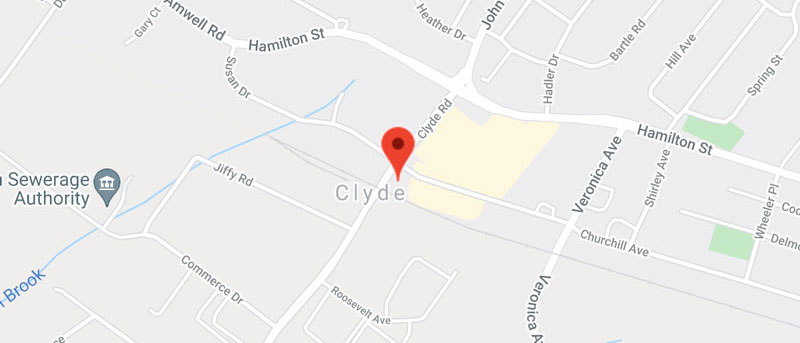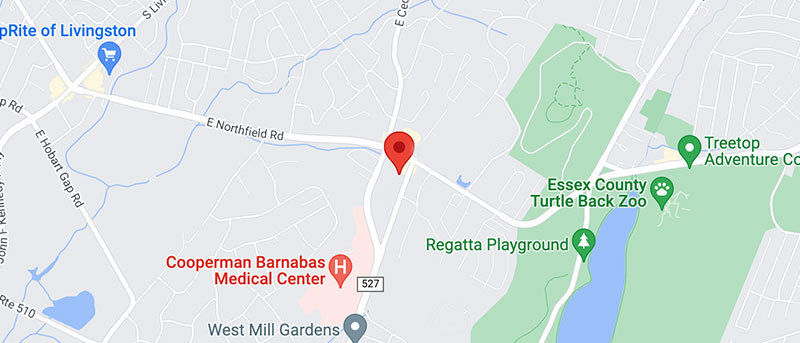There are many types of benign eyelid lesions, including styes, cysts, and granulomas. Eyelid bumps usually appear as painful, red lumps caused by bacteria or blockages in the oil glands. While seldom dangerous, they are often unsightly given their location, and addressing them quickly can lead to the best cosmetic outcome.
Lumps & Bumps
What are lumps & bumps?
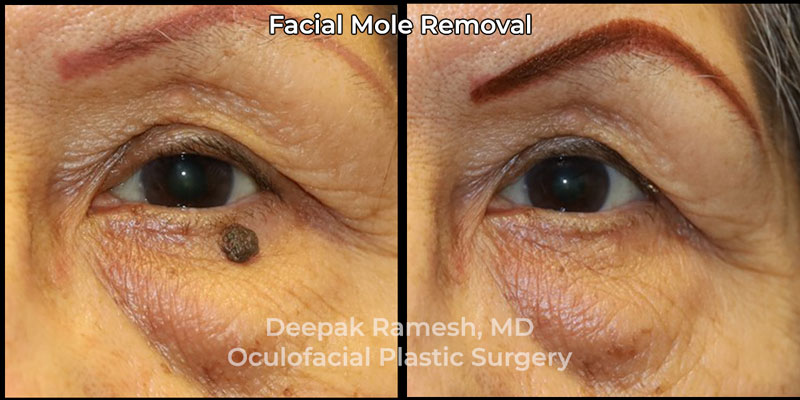

What are the types of eyelid bumps?
- Styes: These are the most common types of eyelid bumps, and they usually occur when bacteria enter the oil glands in the eyelids. They’re usually round, red bumps appearing close to the eyelids, leading to eyelid soreness.
- Chalazion: This is an inflammatory lesion that appears around the eyelids when the oil-producing glands are blocked. Depending on its size and location, it can interfere with your vision.
- Xanthelasma: This is a harmless, yellow bump caused by the build-up of fat under the skin. This type of eyelid bump usually appears in older adults due to high cholesterol.
What are the symptoms of eyelid bumps and lumps?
- Red or skin-colored lumps around the eyelids
- Gritty, scratchy sensation in the eyes
- Sensitivity to light
- Watery discharge from the eyes
- Vision problems
- The whites of the eyes become red
- Bleeding from the eyelid bumps
- Red, scaly, or crusty eyelids
- Blisters on the eyelids
In most cases, eyelid lumps and bumps aren’t dangerous, though they may cause cosmetic concerns. However, in some cases, they can also be indicative of infections and other underlying problems, so you should consult an oculoplastic surgeon promptly.

How are these treated?
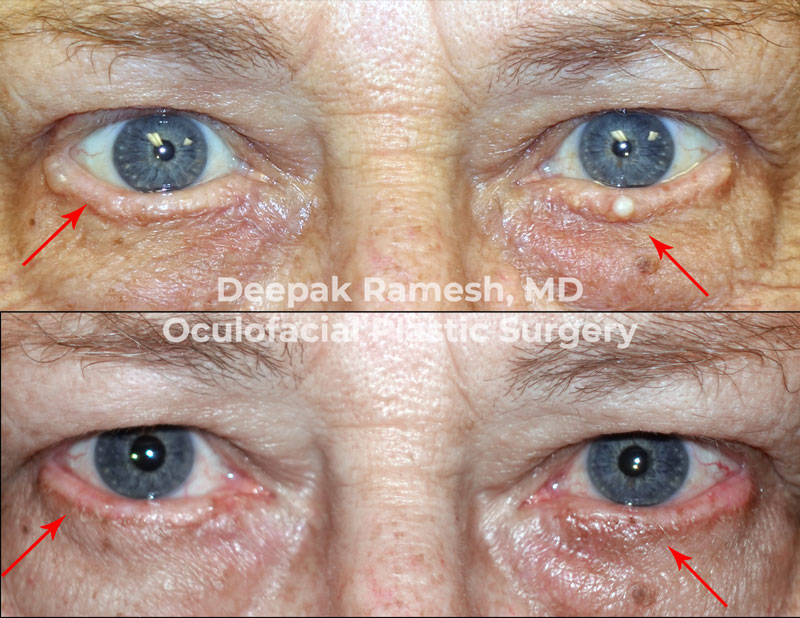
Some lesions, like granulomas and styes, can be injected with steroid or antifibrotic material. Others, such as cysts or skin tags, must be removed with a minor procedure performed in the clinic. These procedures take from 10 – 30 minutes and are done with a local anesthetic. Sutures may or may not be used and are usually dissolving and need not be removed. Patients may have slight bruising for 2-5 days and are generally back to normal within 1 week.
All lesions are sent to a pathologist for microscopic examination. This is to ensure that there are no areas of malignancy, or early cancer, within the lesion. Health insurance typically pays for many, although not all lesion removals. Please check with us to see if your procedure would be covered.
With successful removal of a benign lesion, it usually does not return. Whether the bump has been there for 10 days or 10 years, patients are typically very satisfied with the procedure and wish they had done it sooner. Please schedule an appointment with Dr. Ramesh, one of the country’s leading board-certified oculoplastic surgeons, to discuss your options.
Schedule an
Appointment
BOOK NOW
Contact Us
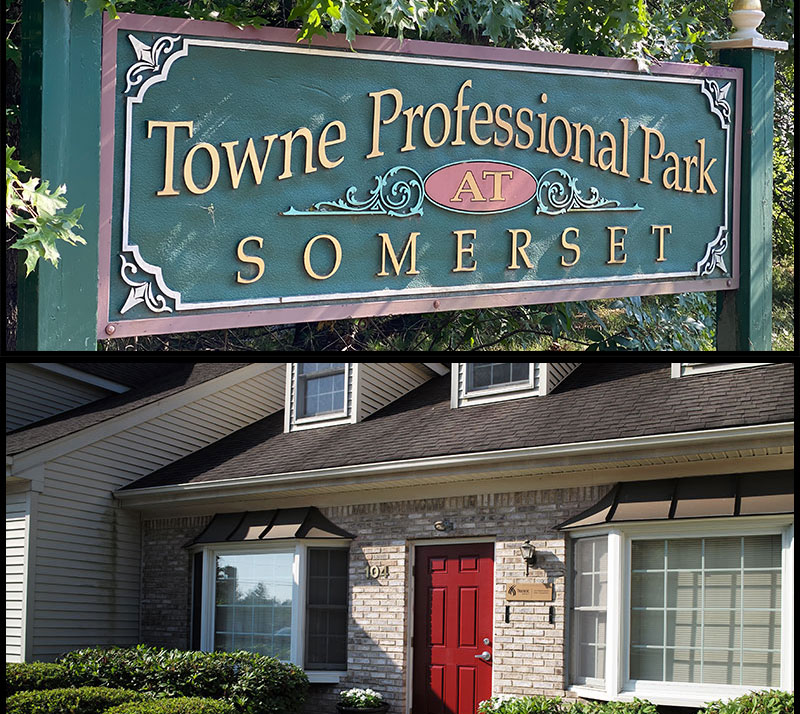
The Center for Eye and Facial Plastic Surgery
35 Clyde Road, #104
Somerset, NJ 08873
Monday – Friday: 8:30a – 4:30p
Livingston Office
22 Old Short Hills Rd Suite 202
Livingston, NJ 07039
Monday: 9:00a – 5:00p
Tuesday: 12:00p – 7:00p
Wednesday – Friday: 9:00a – 5:00p
P: (609) 608-0142
F: (855) 644-0469

